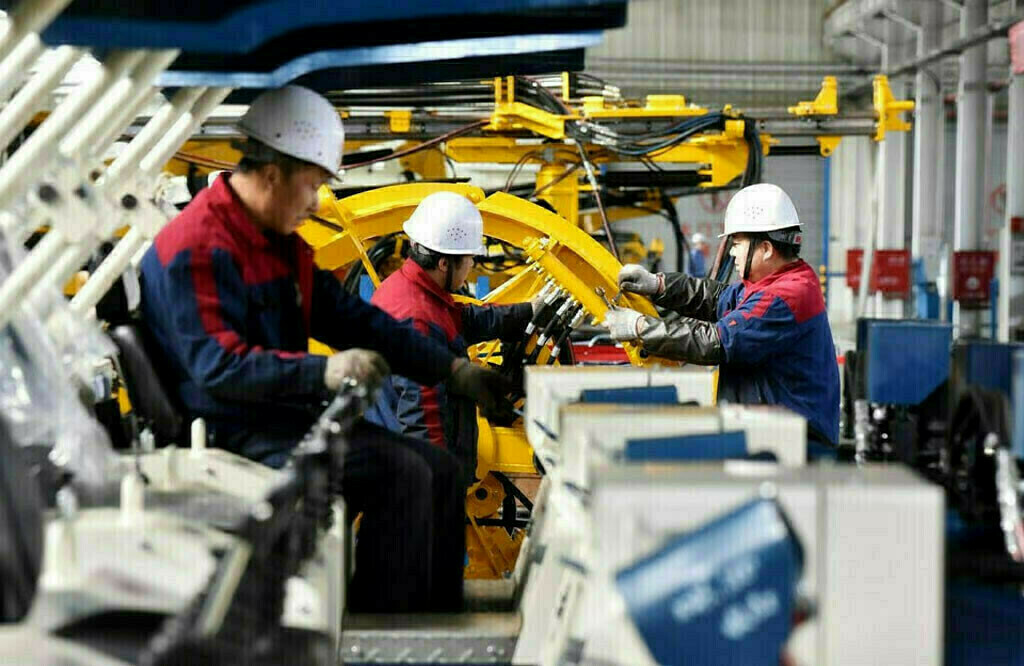Beijing, China – China’s manufacturing sector expanded at its fastest pace in three months this February, signaling a potential boost in economic stability despite ongoing global uncertainties. According to official data, the Purchasing Managers’ Index (PMI) rose to 50.2, crossing the critical 50-point threshold that separates expansion from contraction. This increase was driven by a surge in new orders and higher purchasing activity.
This uptick follows a period of sluggish growth and suggests that Beijing’s economic stimulus efforts may be taking effect. However, challenges remain, particularly in the form of prolonged trade tensions with the United States.
Manufacturing Growth Defies Expectations
China’s official PMI climbed to 50.2 in February, a notable jump from January’s 49.1 and exceeding analysts’ expectations, as reported by a Reuters poll. A reading above 50 indicates growth, and the latest data points to renewed momentum in the industrial sector.
In addition to manufacturing, the non-manufacturing PMI—which includes services and construction—also saw a modest increase, rising from 50.2 to 50.4. This suggests that China’s broader economy is showing signs of resilience despite external pressures.
Government Stimulus Playing a Key Role
China has introduced several economic stimulus measures in recent months, aiming to bolster industrial output and domestic demand. These include interest rate cuts, tax incentives, and infrastructure spending, all of which appear to be contributing to a steadying economy.
“The increase in PMI reflects improving market confidence and stronger demand,” said Liu Zheng, an economist at the China Economic Research Institute. “While challenges persist, targeted policies are starting to show results.”
Trade Tensions and External Risks Persist
Despite the positive PMI figures, China’s economy continues to face significant headwinds. Ongoing trade tensions with the U.S. remain a critical concern, with tariffs affecting supply chains and investor sentiment. Additionally, global economic uncertainties, including fluctuations in commodity prices and geopolitical instability, pose potential risks to sustained recovery.
“Trade disputes and protectionist policies are key factors limiting China’s manufacturing growth,” noted Zhang Wei, a trade expert at Beijing University. “While domestic demand is improving, external risks cannot be ignored.”
What’s Next for China’s Economic Outlook?
China’s annual parliamentary session, scheduled for March, is expected to provide further clarity on economic targets and policy directions. Analysts anticipate that additional measures may be announced to strengthen employment, boost consumer confidence, and enhance industrial productivity.
Unemployment remains a pressing issue, and any government action addressing job creation could further bolster economic stability. Experts also highlight the importance of continued investment in technology and green energy to ensure long-term growth.
China’s February manufacturing data presents a cautiously optimistic picture, showing that government policies may be helping to stabilize the economy. However, global challenges, particularly trade disputes and external market conditions, remain hurdles to sustained growth. As policymakers prepare for key economic discussions, the world will be watching closely to see how China navigates these ongoing complexities.
For more insights and updates, visit Issue N Fact.

